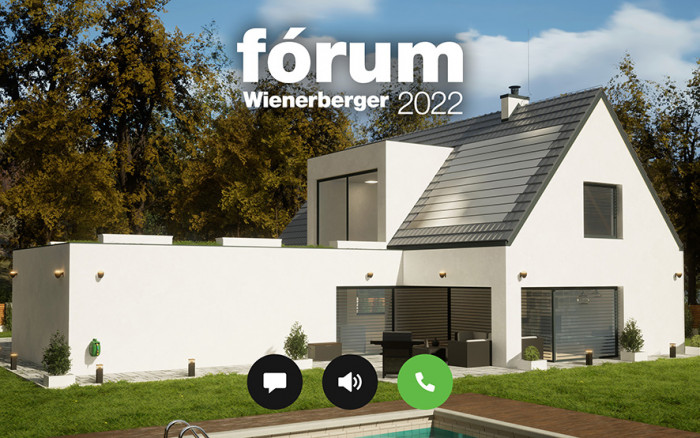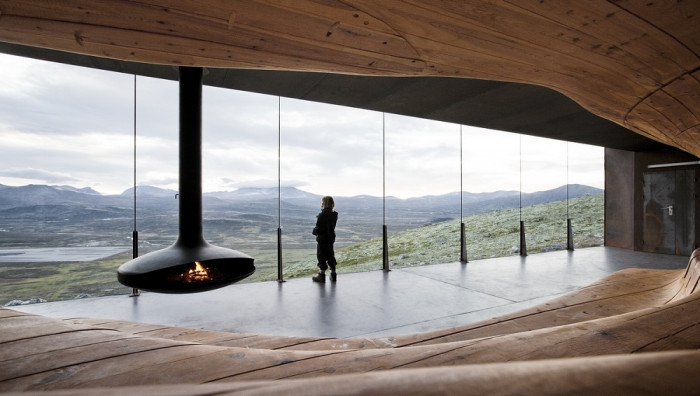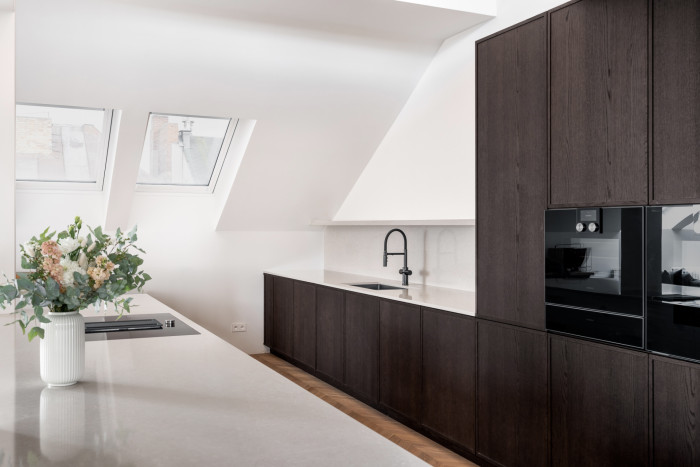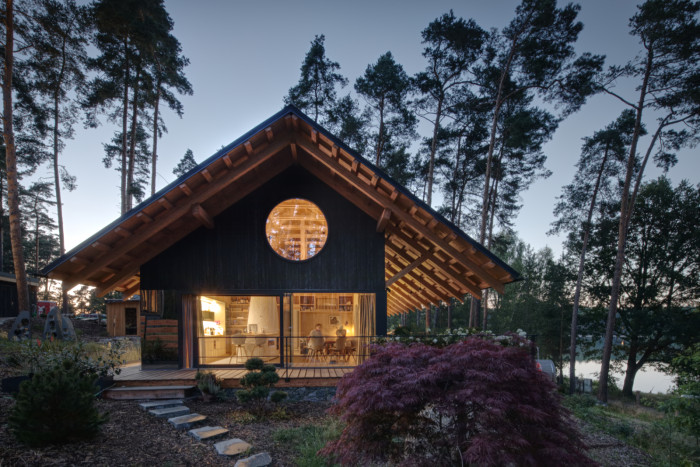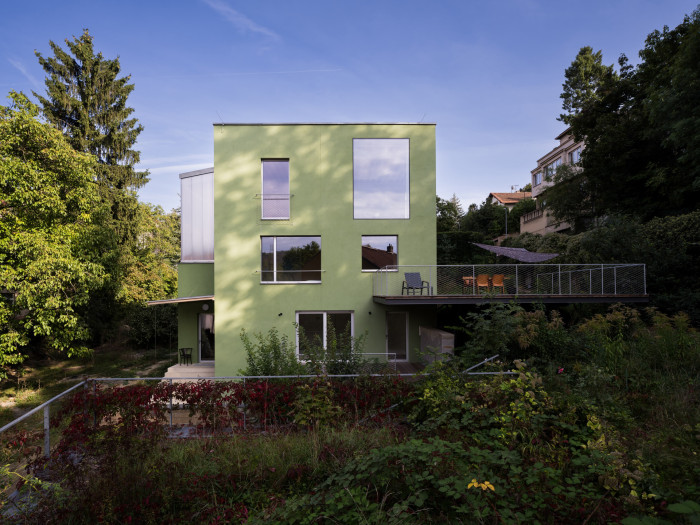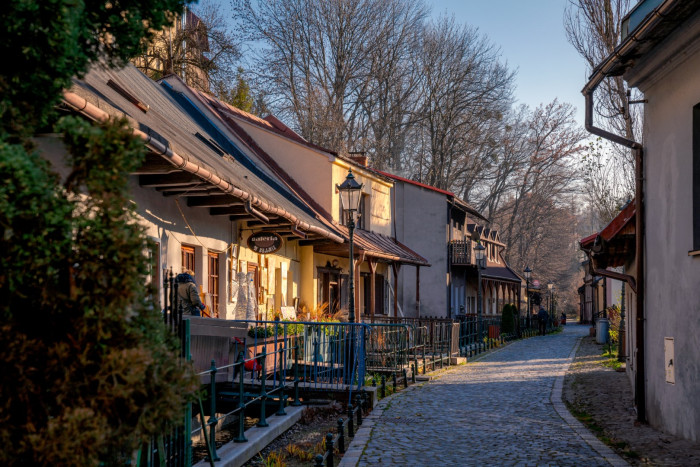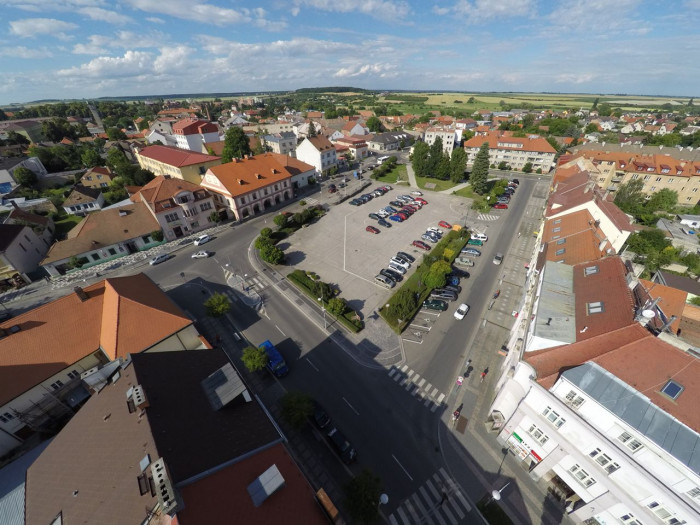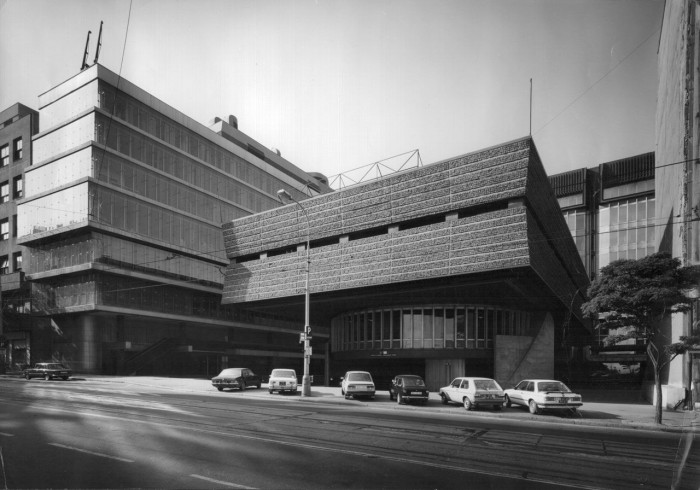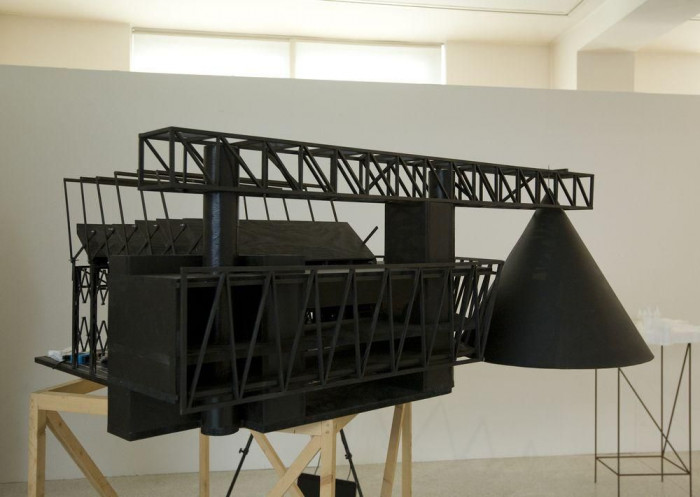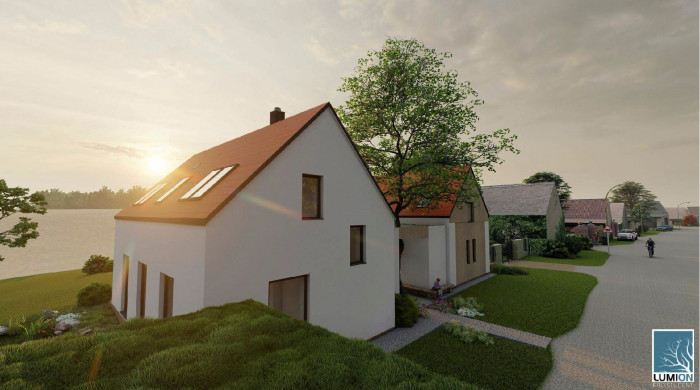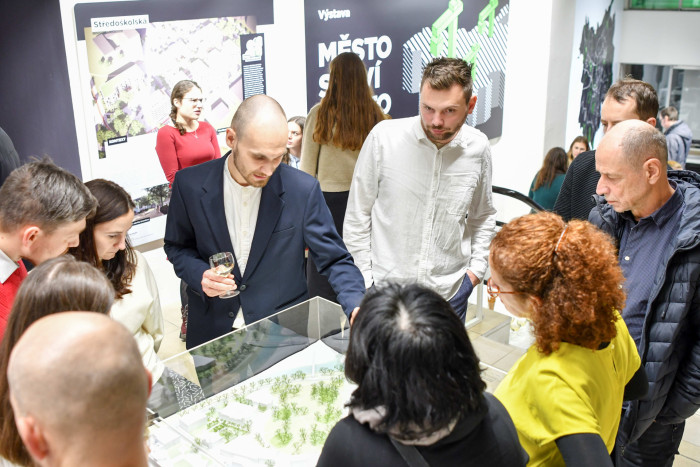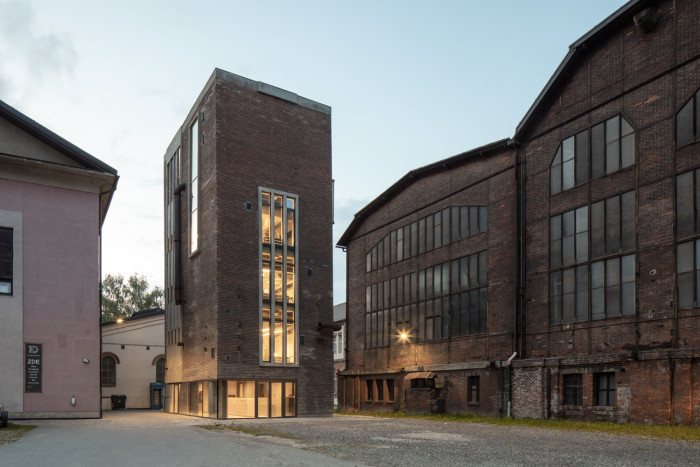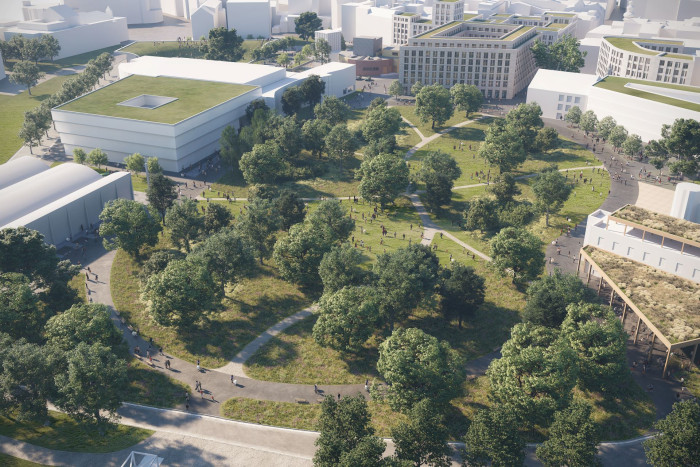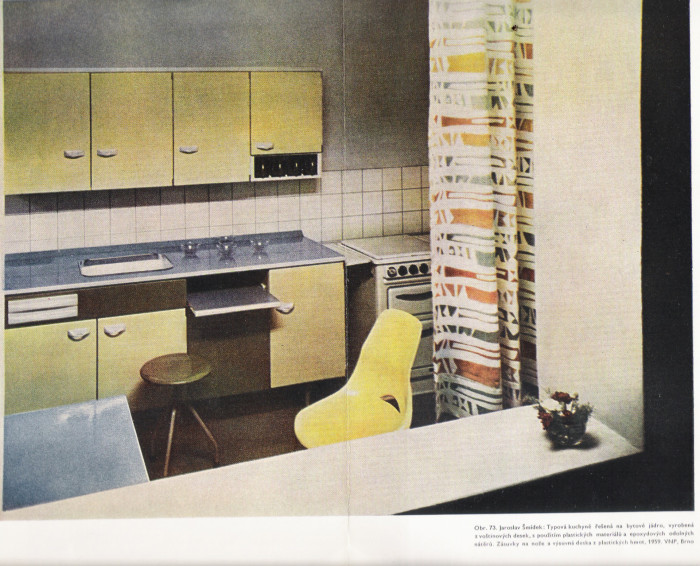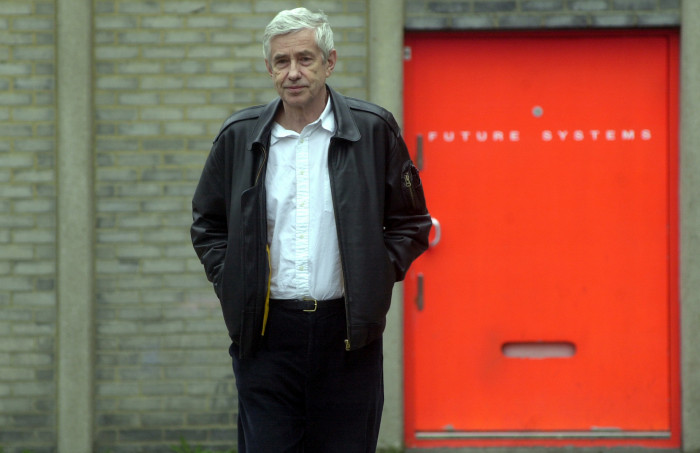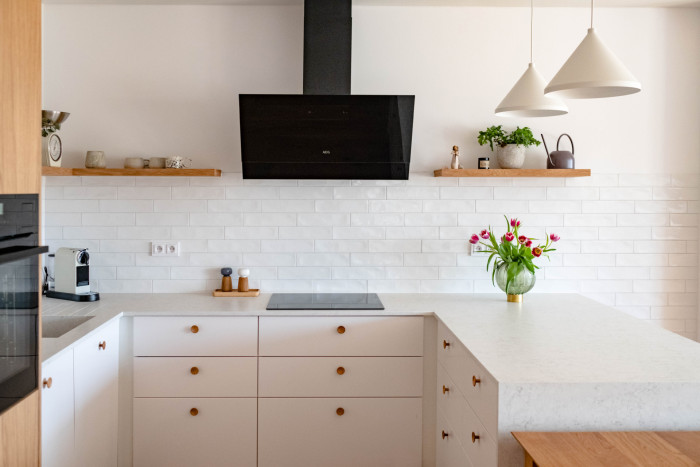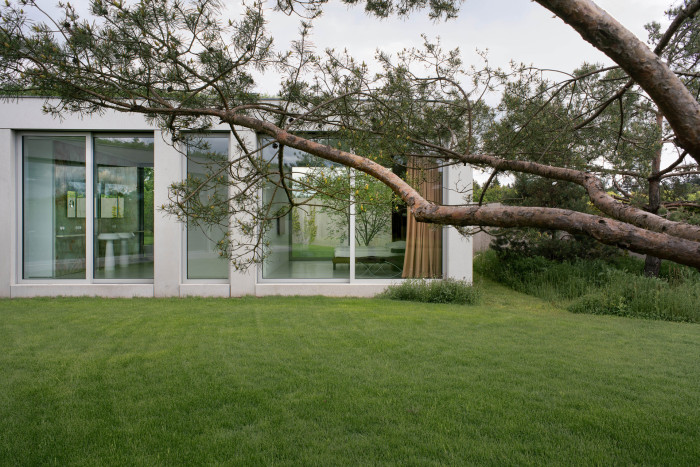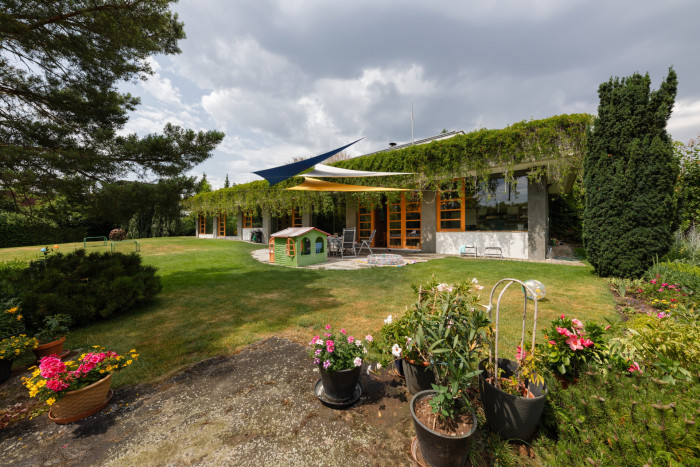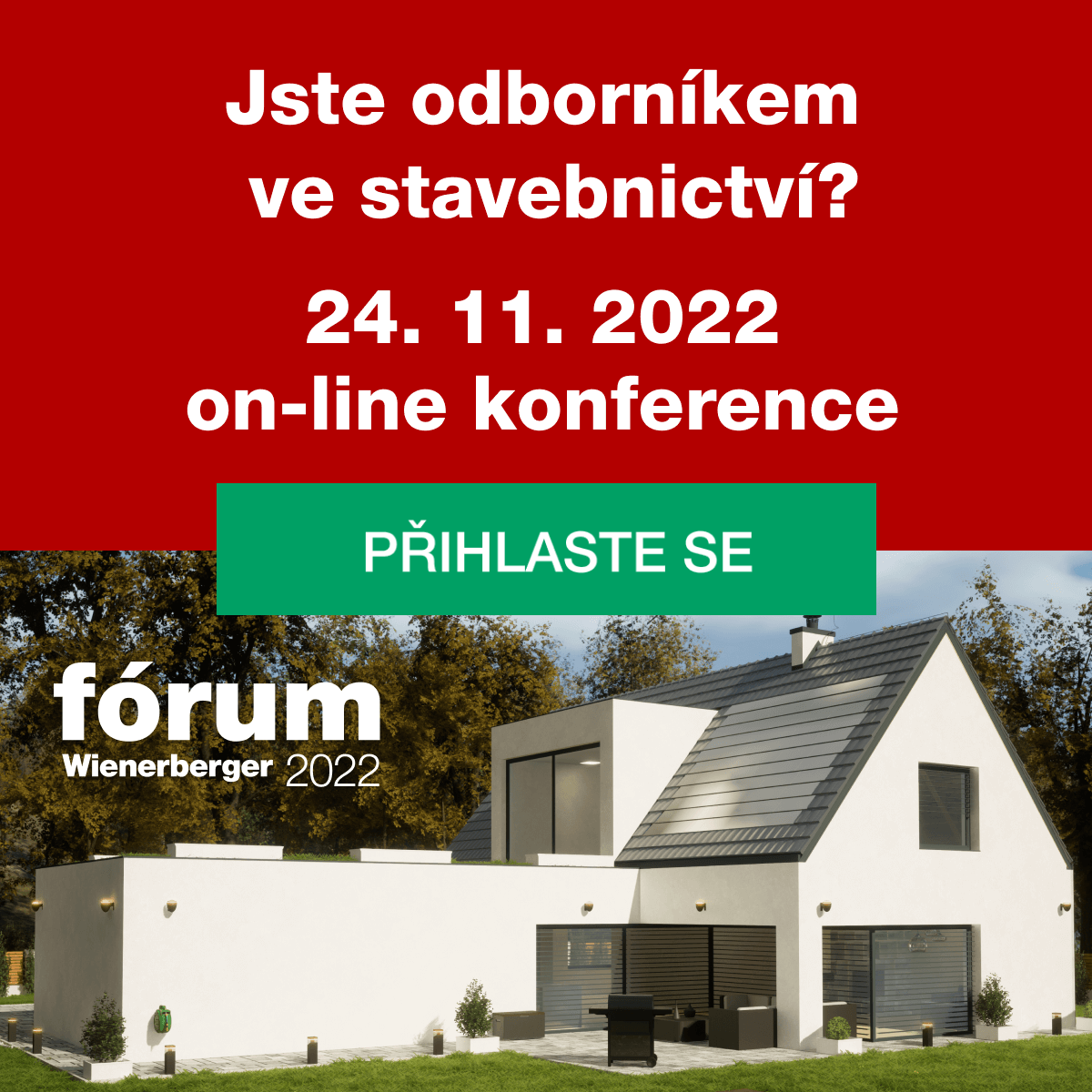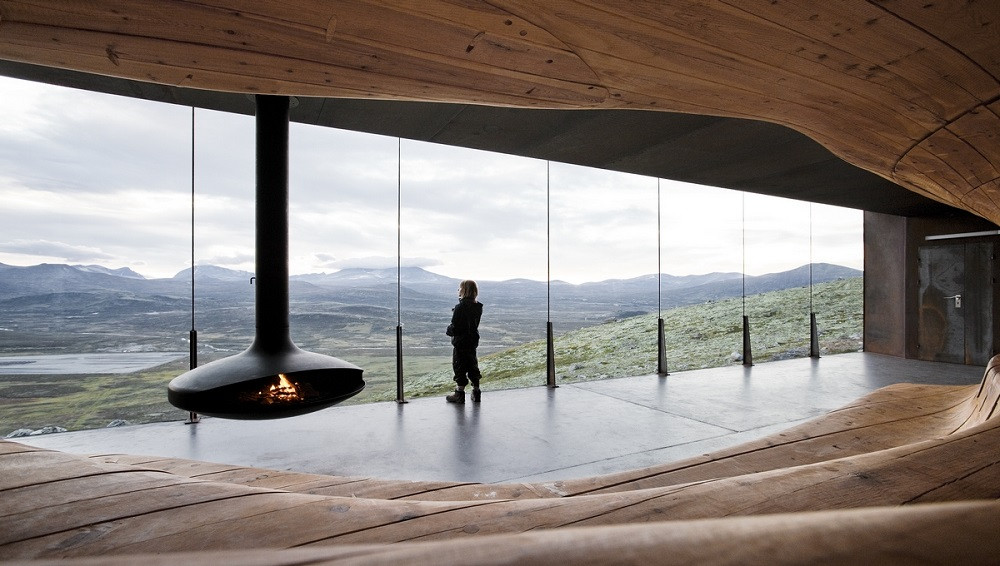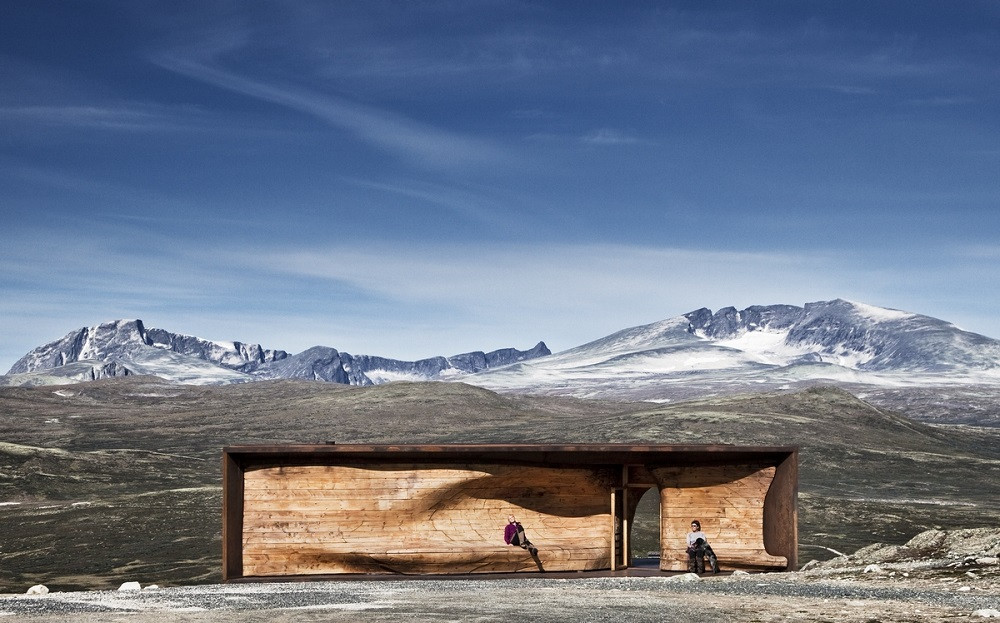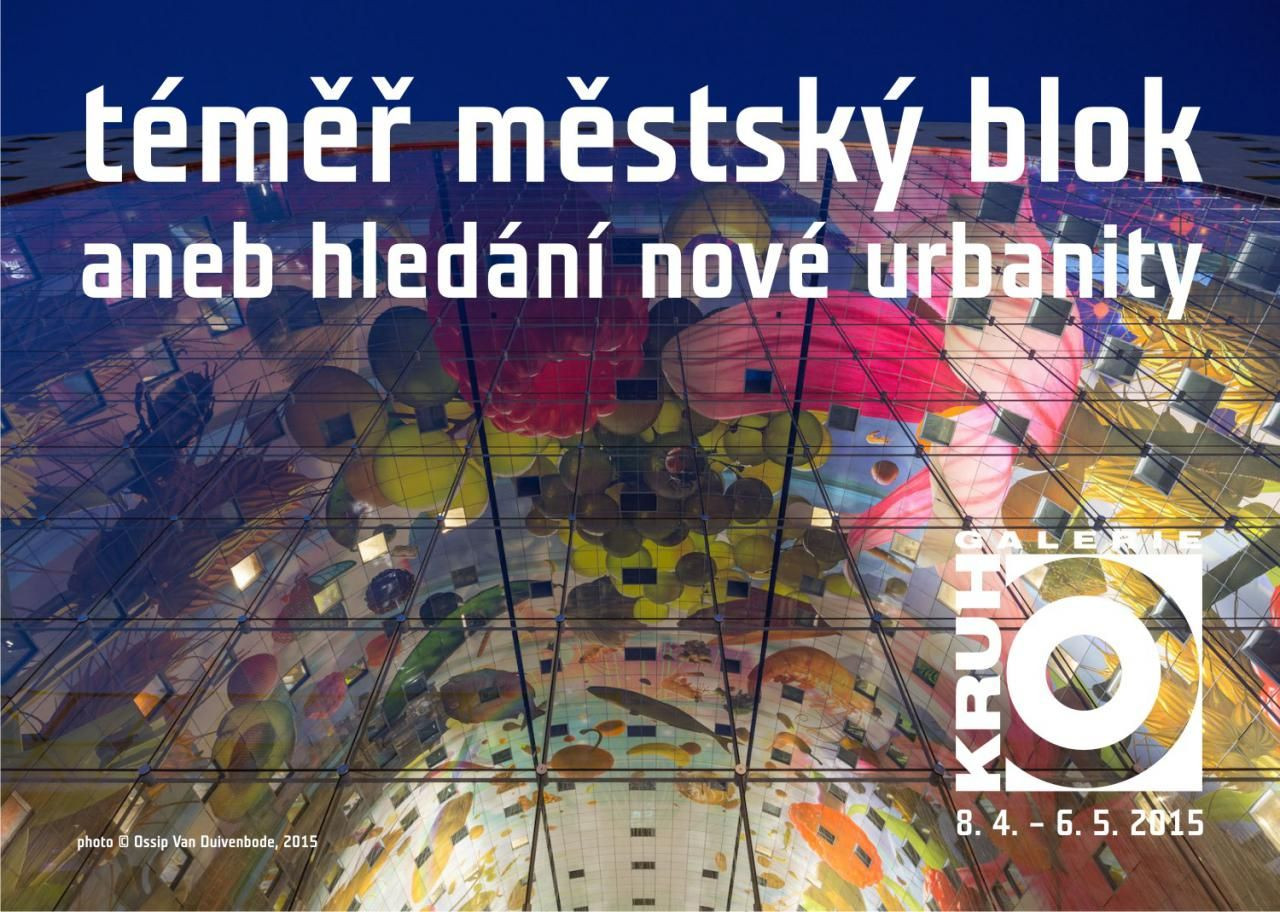
Téměř městský blok aneb hledání nové urbanity
Galerie Kruh a Kabinet architektury vás zvou na výstavu o tom, jak se bydlí v Holandsku.
Dominik Philipp Bernátek , 15. 4. 2015
Jak se bydlí v Holandsku v realizovaných objektech od OMA, Mecanoo, Potzamparca, MVRDV a dalších.
Kde: Galerie Kruh, Zahradní 1, Ostrava
Otevřeno: út-čt 12-17h, pá 12-16h.
Kurátoři výstavy: Susanne Komossa, Nicola Marzot, Jonathan de Veen
Faculty of Architecture and the Built Environment Delft University Of Technology, Netherlands
Kurátoři výstavy v ČR: Dominik Philipp Bernátek, Tadeáš Goryczka, Jaroslav Němec
The almost perfect urban block: towards a new urbanity
The urban block forms the basic entity of the city, which can be defined as an ‘island’ that is usually surrounded by streets. As such the urban block acts as a strategic device to imagine, plan, realize and communicate the ever-changing relation between the public and the private within our contemporary cities.
Moreover, because of its important role within cities’ development, and its strong impact on the social, economic, cultural and political urban identity, the urban block supplies a powerful stage for the citizens’ everyday life, may it be in public, in private or collectively. It also acts as a physical facilitator of the urban economy, combining work, dwelling and leisure, or with other words, production and consumption.
This explains why, during times of consistent changes, the urban block forms one of the most vital elements of our urban environment. Additionally it can express that “urban minimum”, which is capable of brilliantly negotiating among the wide spectrum of emerging driving forces that claim a position within the dynamic present time.
The exhibitions highlights the complex and multi-faceted nature of 15 prototypical Dutch urban blocks designed by renown architecture firms grouped according to five themes: 1. ‘The Hyper city: congestion and hybridism; searching for life, work and opportunity in city centers’, 2. ‘Energy condenser and the urban idyllic; urban green as sustainable resource for habitat and recreation’, 3. ‘Flexible urban: hosting the unexpected; dynamic marketplace and the representation of a new urbanity’, 4. ‘Identity and diversity of people; new forms of community vis-à-vis collectivists ideals and blunt egocentricity’, and 5. ‘Changing traditions: monument and the everyday; the urban block as an organizer of communal and street spaces’. Addressing these themes the exhibition particularly examines in which way contemporary urban blocks can contribute to novel forms of urbanity.
Susanne Komossa, Nicola Marzot, Jonathan de Veen Delft, May 2014 / December 2014




